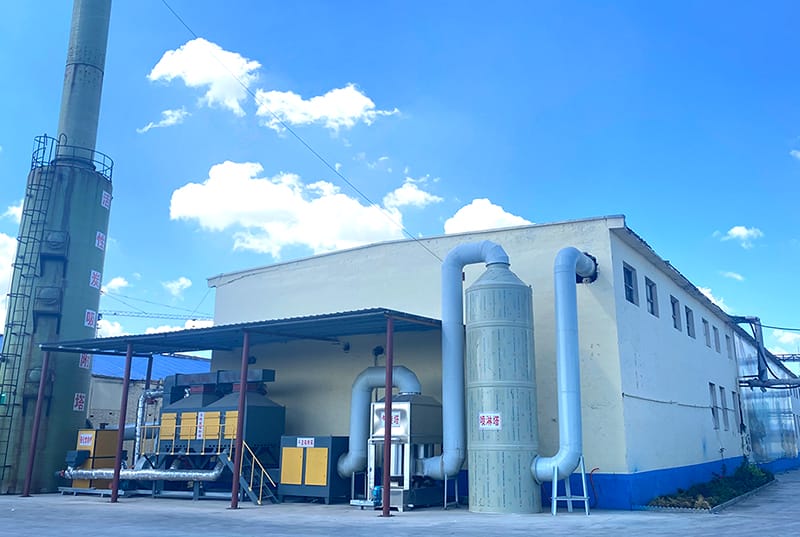The Versatile Role of Hydroxyethyl Methyl Cellulose (HEMC) in Modern Applications
Hydroxyethyl Methyl Cellulose (HEMC) is a derivative of cellulose, a natural polymer derived from plant sources, particularly wood and cotton. As a cellulose ether, HEMC has gained significant attention in various industries due to its unique properties, making it an invaluable component in a multitude of applications.
Chemical Structure and Properties
HEMC is created through the chemical modification of cellulose, where hydroxyethyl and methyl groups are introduced to the cellulose backbone. This modification enhances its solubility in water and increases its ability to form gels and films. The ratio of hydroxyethyl to methyl groups can be adjusted to tailor the properties of HEMC for specific uses. The resulting compound is non-ionic, odorless, and tasteless, making it suitable for food, pharmaceutical, and cosmetic formulations.
One of the most significant attributes of HEMC is its water-retention capability. By forming a film around particles and cells, HEMC effectively slows down water evaporation, making it an excellent thickening agent in various formulations. Additionally, it exhibits temperature stability and does not precipitate when exposed to high temperatures, which is advantageous for many industrial processes.
Applications in Construction
In the construction industry, HEMC is widely used as an essential additive in tile adhesives, plaster, and other cement-based formulations. Its thickening and water-retentive properties enhance the workability of these mixtures, allowing for smoother application and better adhesion. Furthermore, HEMC contributes to improved open time, meaning that the adhesive remains workable longer after application, thus facilitating a better installation process.
In addition to its use in adhesives, HEMC also enhances the performance of paints and coatings. It provides the necessary viscosity, ensuring even distribution and stability of pigments. This not only improves the application process but also enhances the final appearance and durability of the painted surface.
cellulose ether hemc

Role in the Food Industry
The food industry has also recognized the versatility of HEMC. It is used as a thickening, gelling, and stabilizing agent in various food products, including sauces, dressings, and dairy items. HEMC helps maintain texture and consistency, contributing to an enhanced sensory experience for consumers. Moreover, it acts as a fat replacer in low-fat or reduced-calorie products, assisting manufacturers in developing healthier alternatives without compromising on taste or mouthfeel.
Applications in Pharmaceuticals and Cosmetics
HEMC is a popular ingredient in pharmaceutical formulations, particularly in the preparation of controlled-release tablets and capsules. Its ability to form gels helps in the gradual release of active ingredients, ensuring prolonged therapeutic effects. Additionally, HEMC serves as a binder in tablet formulations, enhancing mechanical strength and stability.
In the cosmetic industry, HEMC is used in various formulations, including creams, lotions, and gels. Its emulsifying and thickening properties help maintain the stability of cosmetic products while providing a pleasant texture. The water-retentive qualities of HEMC also make it valuable in skincare formulations, contributing to moisture retention and improving skin hydration.
Conclusion
The multifunctional nature of Hydroxyethyl Methyl Cellulose (HEMC) demonstrates its significance across diverse industries. From construction to food and pharmaceuticals, HEMC plays a crucial role in improving product performance, functionality, and consumer experience. As industries innovate and adapt to new challenges, the demand for versatile and effective additives like HEMC is likely to grow, highlighting the importance of ongoing research and development in cellulose derivatives. The future of HEMC appears promising, with continued exploration into its applications and potential modifications paving the way for new breakthroughs in technology and product formulation.
-
Rdp Powder: Key Considerations for Wholesalers in the Building Materials IndustryNewsJul.08,2025
-
Key Considerations for Wholesalers: Navigating the World of Hpmc - Based ProductsNewsJul.08,2025
-
Hpmc Detergent: Key Considerations for WholesalersNewsJul.08,2025
-
Key Considerations for Wholesalers: China Hpmc For Tile Adhesive, Coating Additives, Concrete Additives, and MoreNewsJul.08,2025
-
Crucial Considerations for Wholesalers: Navigating the World of Construction MaterialsNewsJul.08,2025
-
Key Considerations for Wholesalers Sourcing Additive For Cement, Additive For Concrete, Additive For Putty from Additive Manufacturer Shijiazhuang Gaocheng District Yongfeng Cellulose Co., Ltd.NewsJul.08,2025




